Claude Monet’s Water Lilies is a series of around 250 oil paintings, painted from 1897 until the artists’ death in 1926.
Claude Monet paintings focus on the flower garden and pond at Giverny, a commune in the Normandy region of France. The small village was on the “Right Bank” of the River Seine where it met the River Epte. These works captivated Monet for the last thirty years of his life, many of them painted whilst he was suffering from cataracts. As a result, they offer fascinating insights into the artist’s stylistic progression alongside his deteriorating health.
Claude Monet artworks exemplify the French impressionist movement. It actually got its name from a Claude Monet painting, Impression, Sunrise (1872). Truly modern in their approach, the impressionists rejected traditional classical styles. They instead focused purely on the changing effects of light, often painting “en plein air”.
Before we explore the most exciting Claude Monet Lily Pad paintings, it is important to understand the history and context of these stunning artworks.
Claude Monet Water Lilies: A Brief History
Monet rented the estate at Giverny in 1883. He fell in love with the site for its painting studio, the orchards and of course, the beautiful gardens. As the artist’s career skyrocketed, he was able to buy the estate in the late 1890s.
Monet became increasingly interested in horticulture from the early 1890s onwards. Along with a small team of gardeners, he diverted the nearby river to form the iconic pond. Monet planted his famed water lilies around the pond, in addition to weeping willows, exotic flowers and bamboo trees. Inspired by the increasing influence of Japonisme, he even created a small Japanese bridge.
This bridge became a recurring motif in Monet’s dreamlike bucolic landscape. It’s seen in masterpieces such as Water Lilies and Japanese Bridge 1899. Over the course of his entire oeuvre, the bridge featured in over two hundred Claude Monet paintings.
An icon of impressionism
The first Claude Monet Water Lilies series comprised 25 artworks. First exhibited at the Galerie Durand-Ruel in the French capital in 1900 – they wowed the Parisian public.
Monet finished his second Water Lily series in 1907, consisting of 48 canvases. They were so popular that the French state built two dedicated rooms at the Musée de l’Orangerie. Based in the west corner of the Tuileries Gardens next to the Place de la Concorde in Paris, it certainly was a prestigious location. The exhibition opened in 1927, sadly just months after Monet passed away.
Claude Monet famous paintings: The Water Lilies series
Water Lilies (1897-98)
Monet’s Water Lilies 1897 is one of the first paintings he created for the series from which Monet’s later themes are already evident. The delicate color palette, with greens and blues is instantly recognizable; only interspersed with pastel yellows and reds, it draws the eye towards the flowers themselves.
Known as Nymphéas in French, this Claude Monet water lilies painting simply focuses on the surface of the lily pads, flowers and the impressions of light upon his watery world. Stronger brushstrokes were abandoned in Monet’s artworks of the 1900s and 1910s – only revisited with his failing eyesight.
Water Lilies, Water Landscape, Clouds (1903)
From the pared-back, close-up focus of Monet’s early water lily paintings – Water Landscape, Clouds represents a significant stylistic shift. Monet’s lens expanded, depicting the reflection of light and clouds in superb detail.
The bank and reeds are visible in the background, whilst the water lilies lazily float past the foreground of the painting. Monet’s brushstrokes are much more delicate in this painting, lending a refined elegance to the work. The characteristic color palette of blues and greens remains though.
Nymphéas, Water Lilies (1906)
Painted in 1906, Water Lilies (Nymphéas) this is perhaps Monet’s most famous painting from his whole water lily series. It forms part of his second series of 48 canvases – finished in 1907. It represents the culmination of Monet’s stylistic concerns.
Monet’s Nymphéas presents a mid-level view of the pond, demonstrating the artist’s experimentation with various viewpoints and framing devices. The brushstrokes are so fleeting and delicate that the surface of the pond seems to dance with energy. Despite this, the shifting reflections of the blue sky are clearly evident as we gaze deeper into the water.
Just a year later, Monet’s color palette and technique changed. Painted in portrait format, this work reflects a softer evening light. The sun’s silvery golden hue moves with the ripples of the water. The reflections of the green willows are also evident, their elongated branches amalgamating with the drifting lilies.
Describing these paintings just a year later, Monet wrote: “These landscapes of water and reflection have become an obsession.” Indeed, evening views consumed the artist. Epitomized in Water Lily Pond Evening Detail – increasing abstraction and brighter use of color characterized Monet’s later work. This culminated in works such as Water Lily Pond in the Evening (1922-24).
Water Lilies (1916-19/B)
Claude Monet’s Water Lilies 1916 represents a return to his earlier, bolder style of brushwork. It was a stylistic shift partly born out of tragedy. Monet’s second wife died in 1911 and it took the artist years to return to his water lily works.
When he did return however, he painted at a monumental size. In 1914, the French Prime Minister Clemenceau convinced Monet to develop his paintings on a larger scale. This became a state commission (resulting in the eventual Paris exhibition) in 1916.
During this period, Monet used spots of brighter color to accentuate certain aspects of the composition. This technique particularly impressed post-impressionist painters such as Paul Cezanne. Expressionist artists such as Henri Matisse were also astounded by Monet’s technical yet expressive artworks.
Final Years
Even in Monet’s final years he continued painting his beloved pond and water lilies. With the artists’ eyesight failing, vivid colors and increasingly loose impressionistic brushstrokes characterized his late masterpieces. Evidenced in works such as Nympheas 1915 and Water Lilies 1925
Monet passed away on 5 December 1926. At Monet’s funeral, it’s reported that Clemenceau removed the black shroud over his coffin – replacing it with a flower-patterned cloth crying “No black for Monet”. At the time of his death, Claude Monet’s Water Lilies series was technically unfinished.

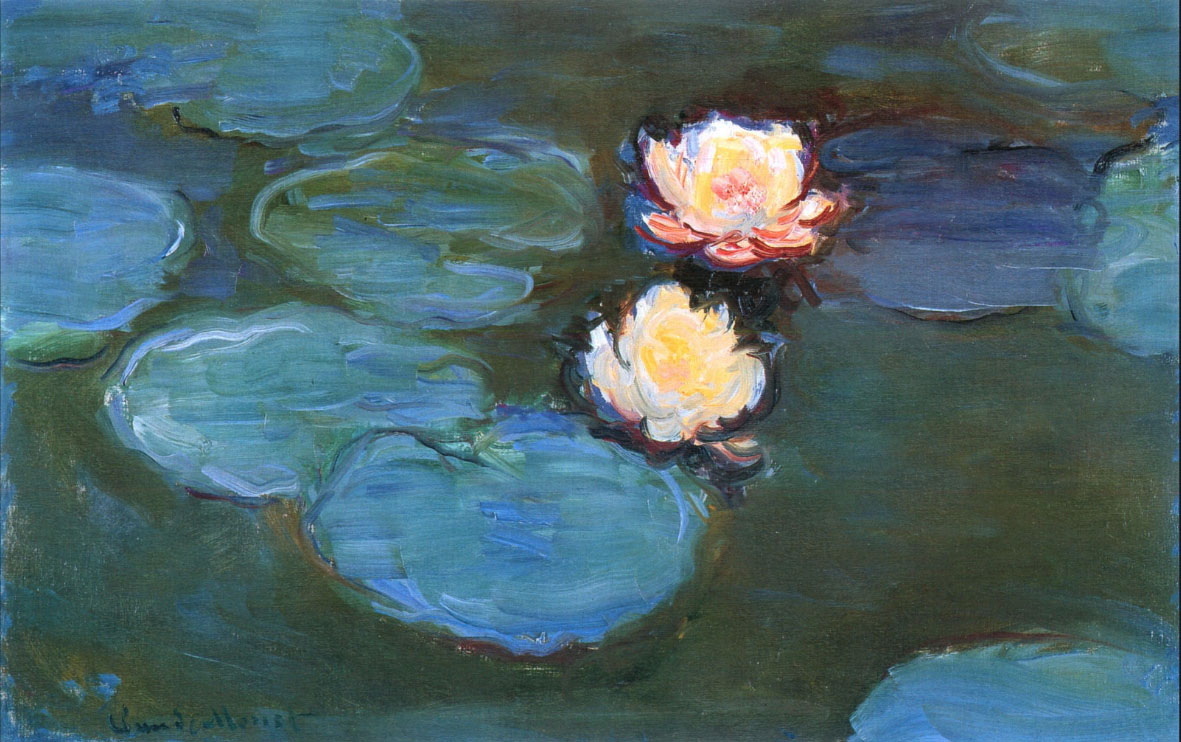
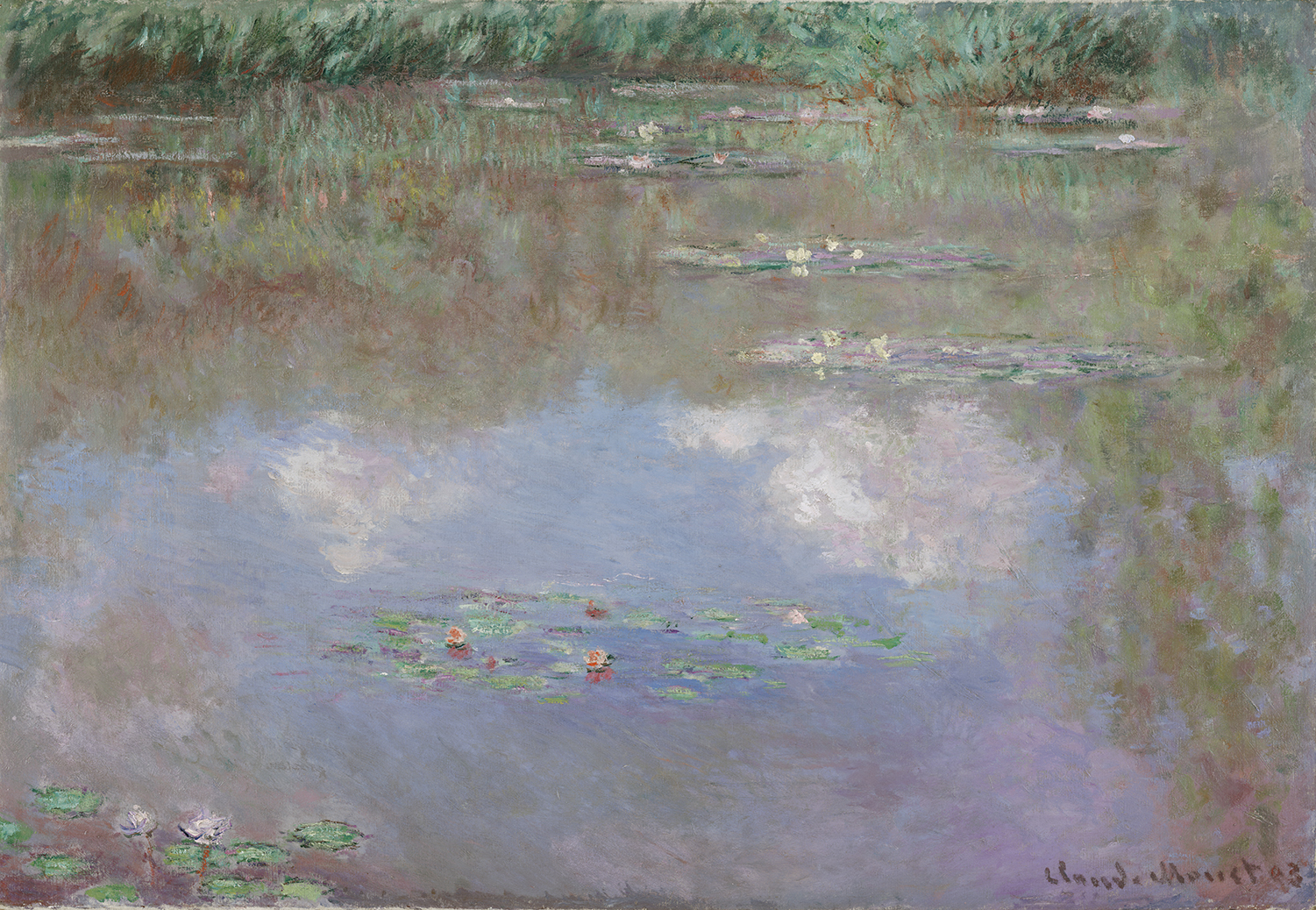
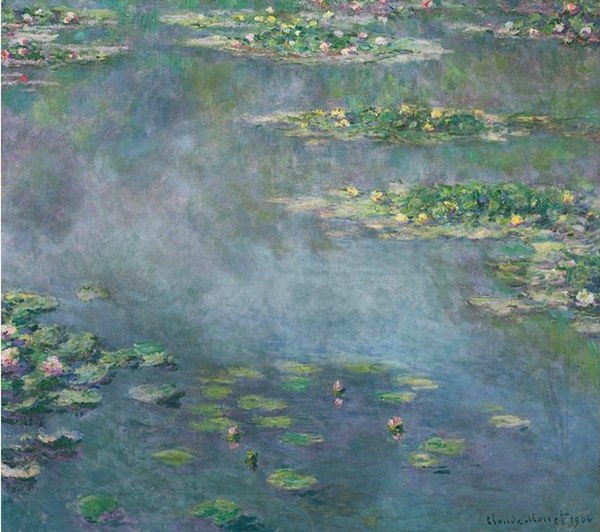
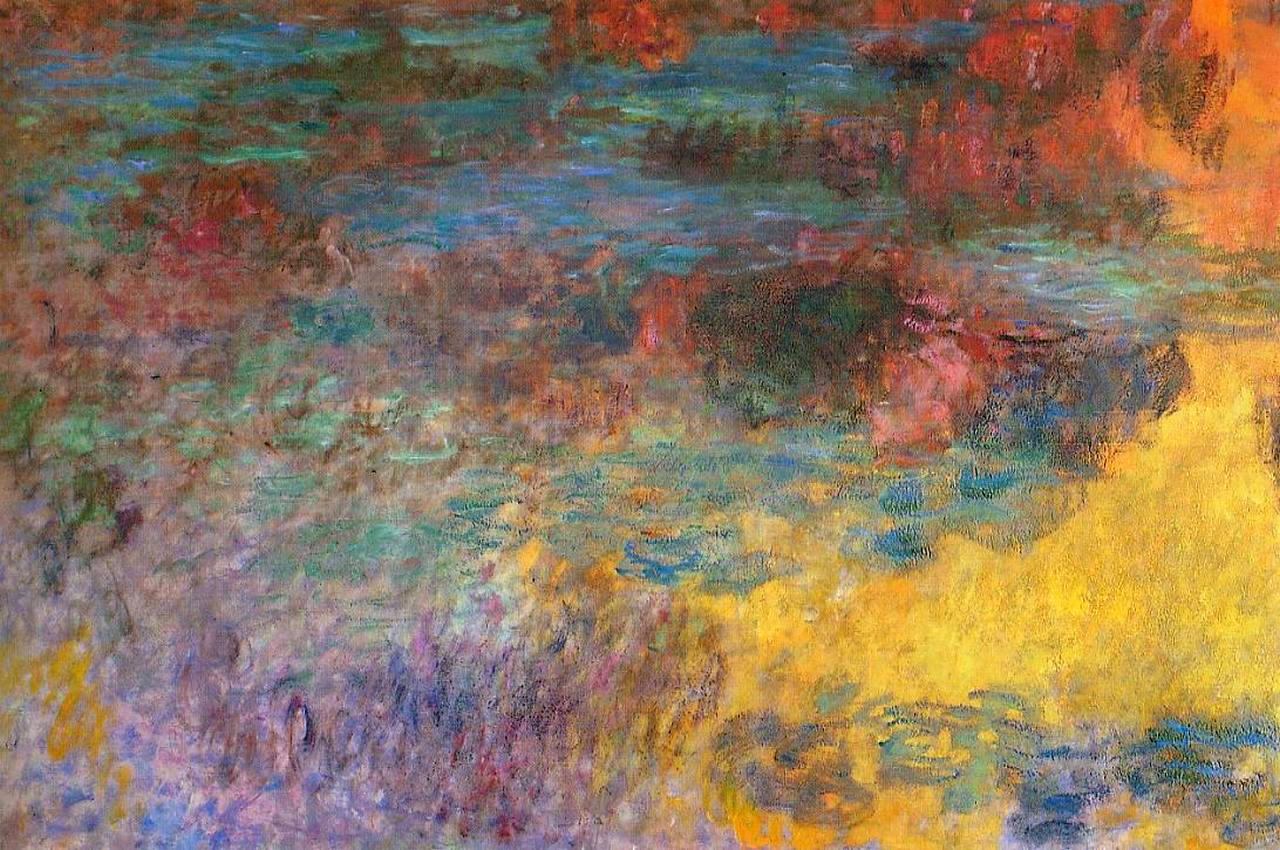

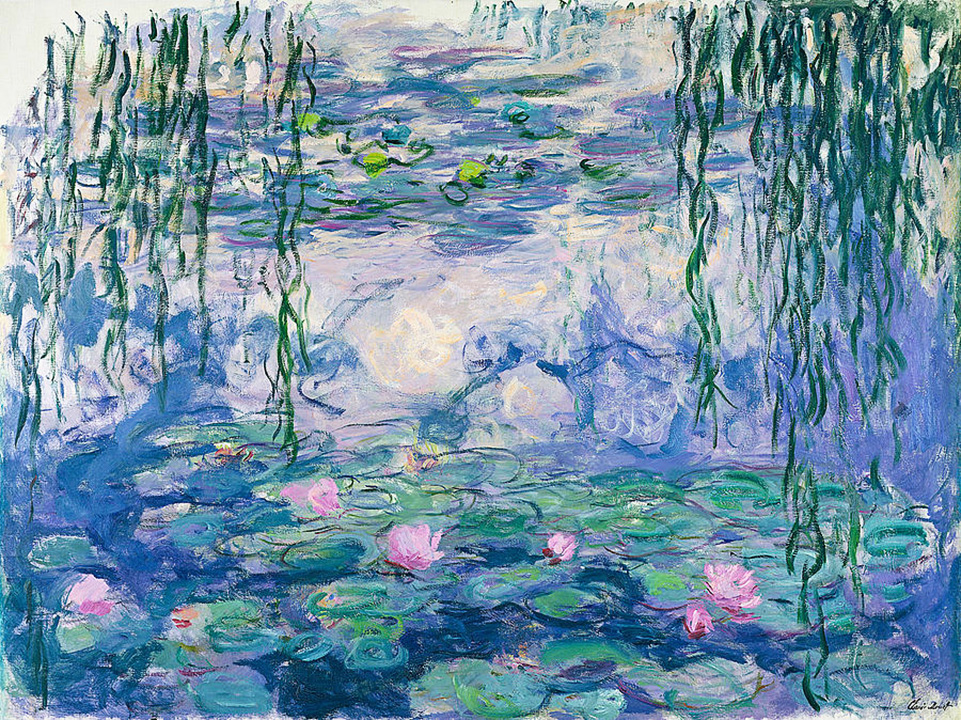
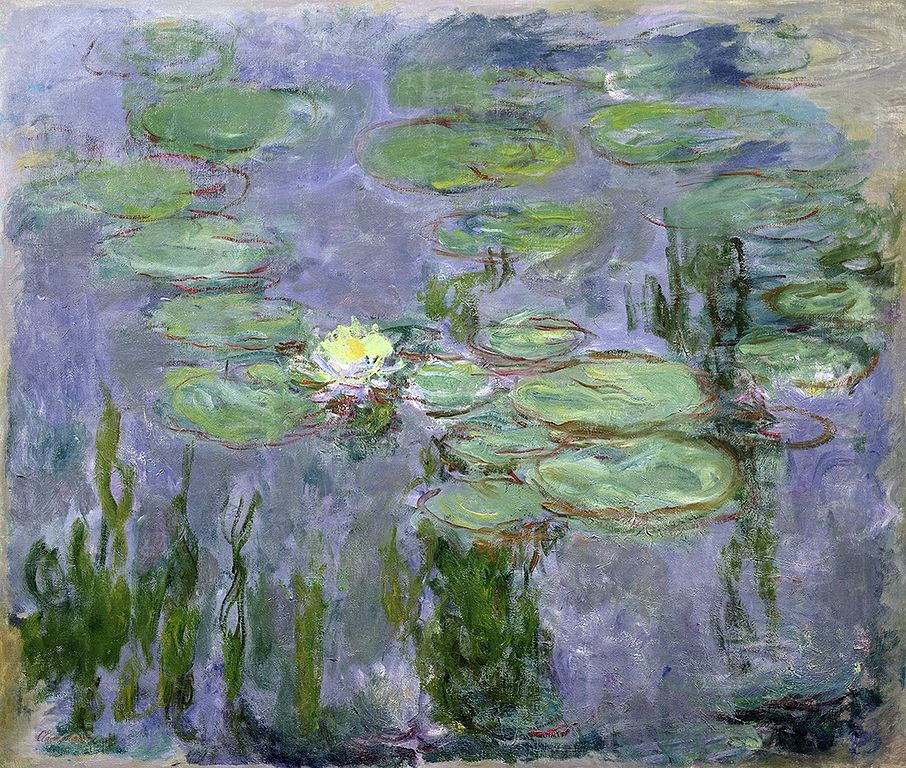
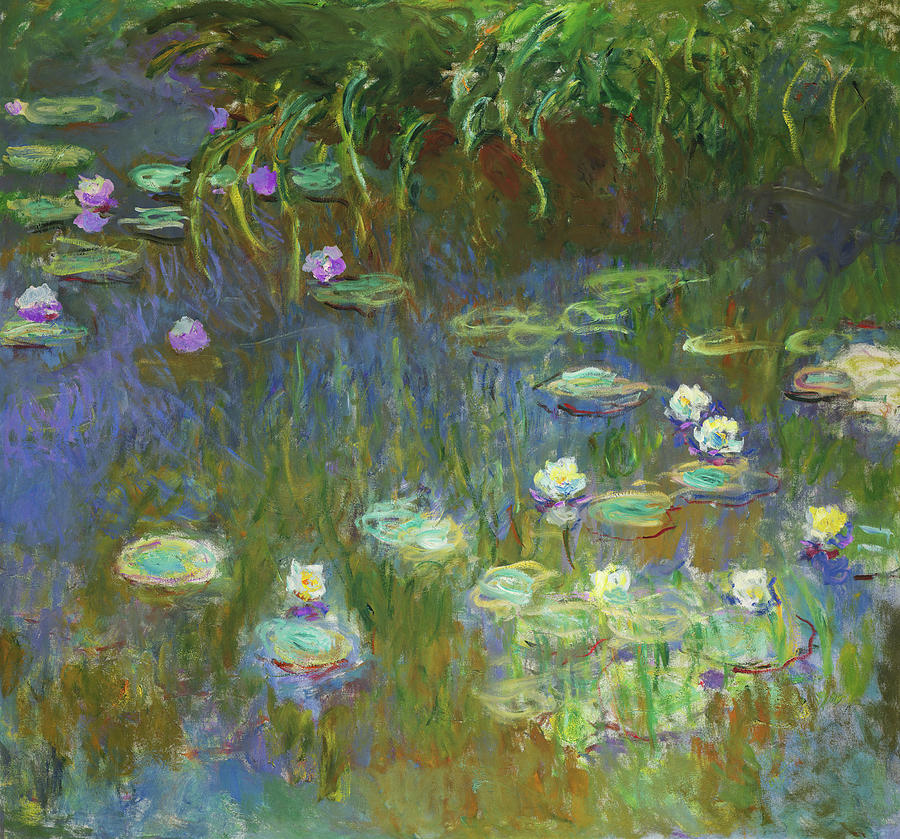
Leave a Reply
You must belogged in to post a comment.